| Rice exports in the first 6 months of the year may reach about 4.5 million tons. Rice exports and the problem of improving the value chain. |
Surge
According to statistics from the General Department of Customs, in the first 3 months of 2024, rice exports to the Europe - America region increased dramatically, reaching 181.2 thousand tons, worth 135.9 million USD, up 218.3% over the same period. Of which, rice exports to Cuba reached 82.9 million USD; up 492.1%; accounting for 61.0% of total exports to Europe and America (previously in the first quarter of 2023, rice exports to Cuba were only about 14 million USD).
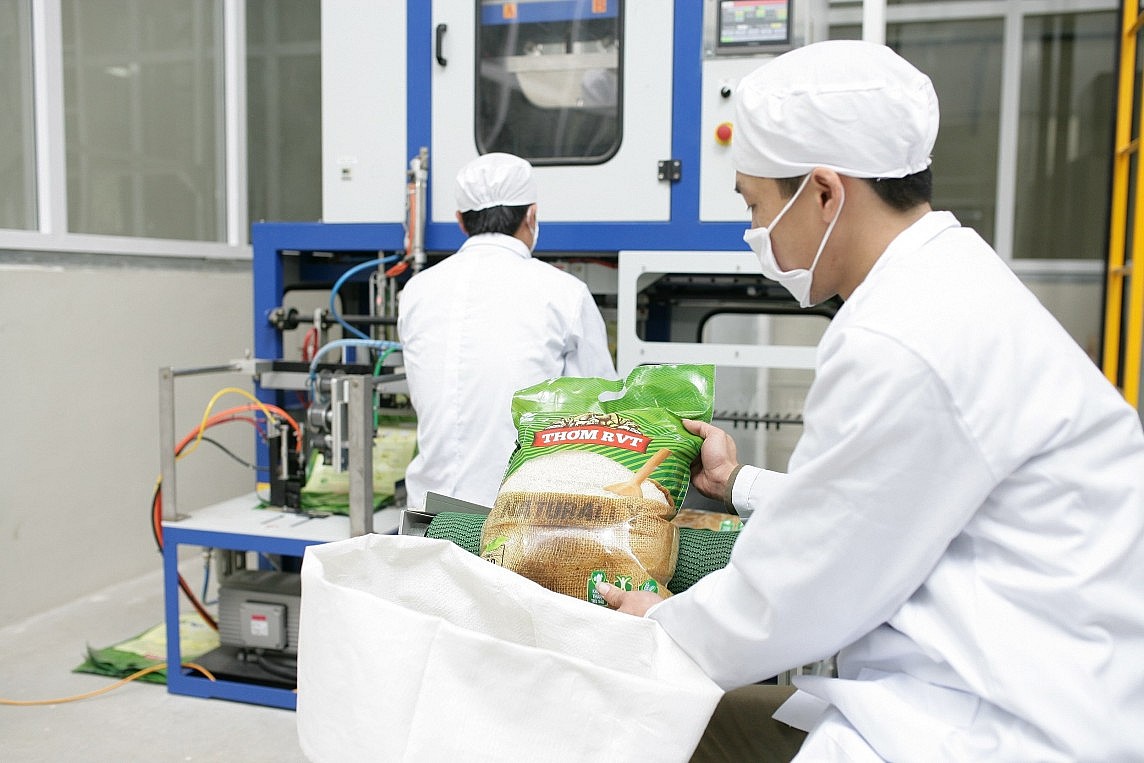 |
| Rice exports to Europe and America increased dramatically in the first 3 months of 2024 |
In the European region alone, it reached 45.9 thousand tons with a value of 41.4 million USD, an increase of 117.9% over the same period (in which the amount of rice exported to France increased dramatically, reaching 18.2 thousand tons with a value of 19.1 million USD, an increase of nearly 180 times over the same period in 2023). The Americas region reached 135.3 thousand tons with a value of 94.5 million USD, an increase of 298.7% over the same period.
In terms of varieties, statistics show that in the first quarter of 2024, in the European region: Fragrant rice exports reached 29 million USD (accounting for 70.6%); white rice reached 6.8 million USD (accounting for 16.4%), Japanese rice varieties reached 4.7 million USD (accounting for 11.4%). In the Americas region: White rice reached 85.4 million USD (accounting for 90.4%; mainly exported to Cuba); fragrant rice reached 6.2 million USD (accounting for 6.6%); Japanese rice varieties reached 2.4 million USD (accounting for 2.5%).
A notable point, according to Mr. Ta Hoang Linh, Director of the European - American Market Department, is that the export trend of rice products is growing positively in 2023 and the first month of this year. Notably, pho, vermicelli, and noodles made from rice are currently being chosen and purchased by many consumers in this region.
There is still a lot of room but there are also challenges
Mr. Ta Hoang Linh assessed that although the European and American regions are not key rice export markets, they promise a lot of potential in the future. In particular, the EU is a market with a lot of room for Vietnam's rice export growth because the EU's total annual rice import demand reaches about 3-4 million tons (according to data from the European Statistical Office - Eurostat), while Vietnam's exports to the EU only account for a very small part, about 3.1%. And this is the region where Vietnam can take advantage of many incentives from signed FTAs such as EVFTA, UKFTA, or CPTPP when some major competitors such as India and Thailand do not enjoy tax incentives.
However, Mr. Linh also pointed out that, besides the advantages, there are some challenges that Vietnamese rice exporting enterprises will have to face when approaching this market. “This market has many strict and demanding standards, especially in the United States or the EU, which have regulations on food hygiene and safety, pesticide residues, fertilizers, social standards... In particular, when bringing goods to these markets, enterprises must always strictly control pesticide residues and chemical fertilizers. When harvesting, rice does not use colorants, flavorings, preservatives, or bleaching agents...” - Mr. Linh said.
According to Mr. Linh, these standards are regularly updated in an increasingly advanced and strict direction; requiring export enterprises to closely monitor and grasp market information, policies and regulations. This is considered a major barrier to Vietnam's rice exports due to the additional costs of complying with and meeting the standards, leading to reduced competitiveness.
Which strategy to exploit?
According to the general sharing from enterprises that have exported rice to the European and American regions, to export and compete in this market, the only way that enterprises must take is to maintain stable quality, comply with the regulations of the importing country, and at the same time build a brand and sell under the Vietnamese brand.
With experience in successfully exporting rice to the EU market at high prices, Mr. Pham Thai Binh , Chairman of the Board of Directors of Trung An High-Tech Agriculture Joint Stock Company, said that the EU market is a particularly high-end market, which can accept the import of high-quality rice at prices up to 2,000 USD/ton, but in return, they have very high requirements for quality and food safety. Therefore, businesses must strictly comply with European standards to achieve high-value rice sales contracts over the past time.
“Trung An has focused on implementing a large-scale model field program based on a mutually beneficial method of 'farmers producing according to business requirements', a large-scale rice growing model with strict control over irrigation sources and plant protection chemicals,” Mr. Binh shared.
Along with the efforts of enterprises, Mr. Ta Hoang Linh said that the Europe-America Department has been actively directing the system of Trade Offices in the region to regularly monitor and grasp information about the market situation, the movement of rice export and import policies and mechanisms, new regulations and standards of the host countries to inform enterprises. In addition, the Europe-America Department actively promotes activities to promote Vietnamese enterprises to export directly to major distribution channels abroad. And France is the country chosen as a pilot market.
“This orientation has been implemented by the Vietnam Trade Office in France and closely coordinated with the Europe-America Department in the stages of identifying target products, selecting businesses and methods/channels to bring Vietnamese goods into distribution systems such as Carrefour and E Lercler,” Mr. Linh added.
Source





![[Photo] General Secretary To Lam attends the 80th Anniversary of the Cultural Sector's Traditional Day](https://vstatic.vietnam.vn/vietnam/resource/IMAGE/2025/8/23/7a88e6b58502490aa153adf8f0eec2b2)

![[Photo] Prime Minister Pham Minh Chinh chairs the meeting of the Government Party Committee Standing Committee](https://vstatic.vietnam.vn/vietnam/resource/IMAGE/2025/8/23/8e94aa3d26424d1ab1528c3e4bbacc45)

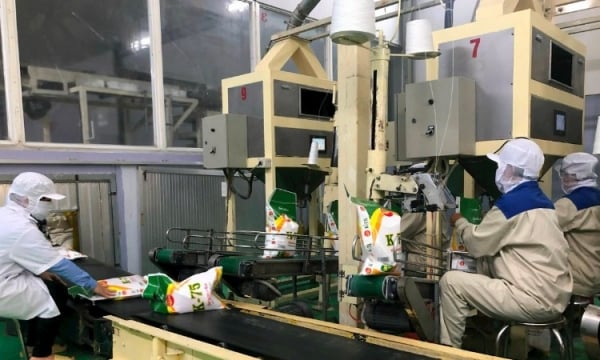

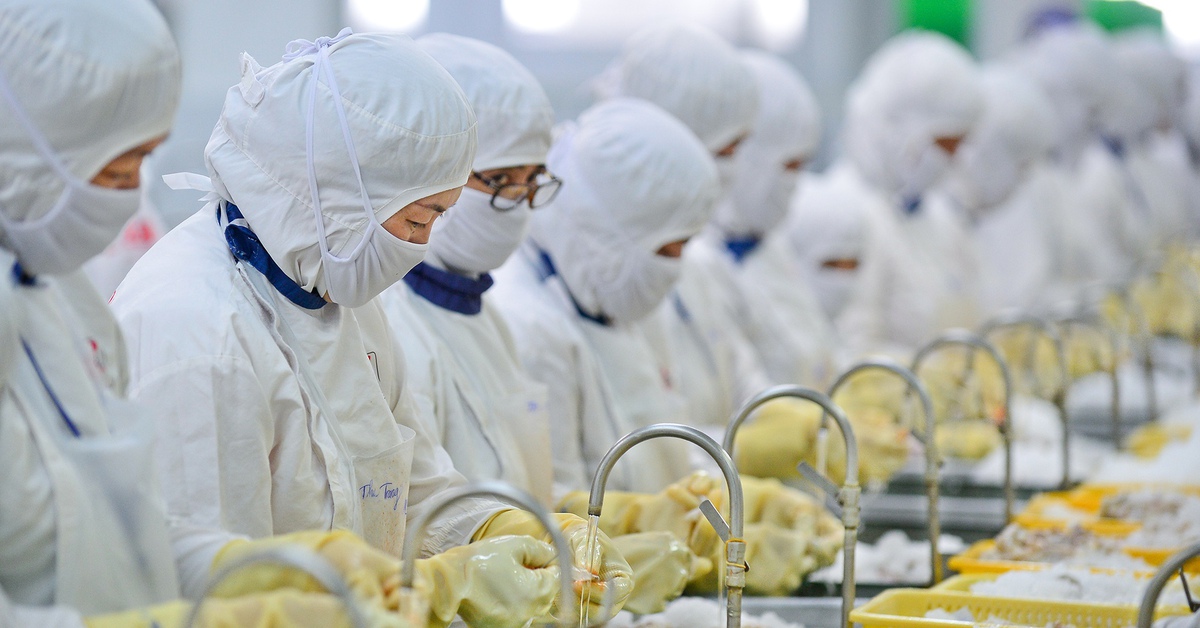

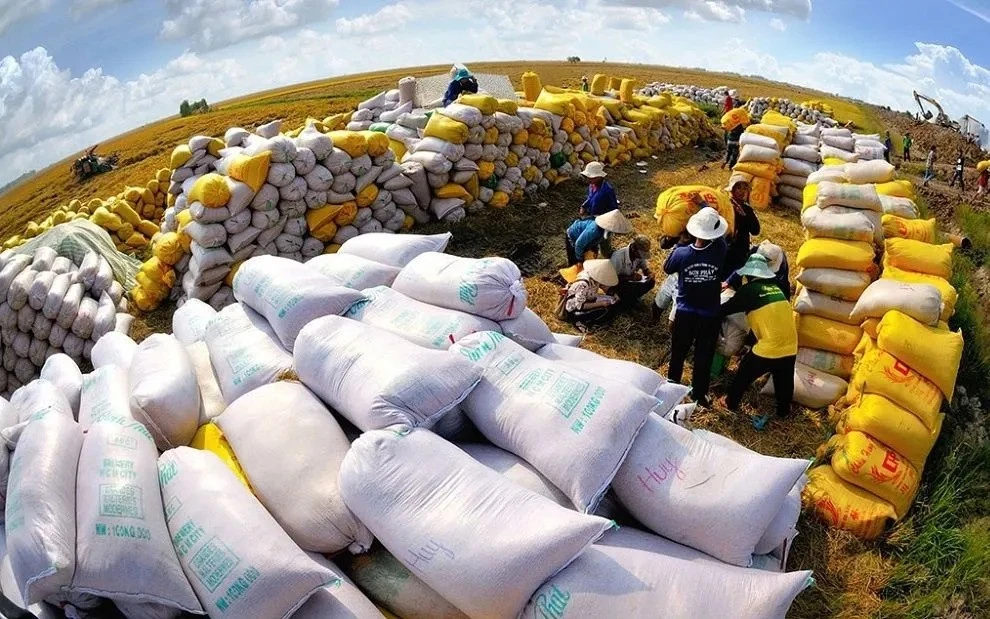


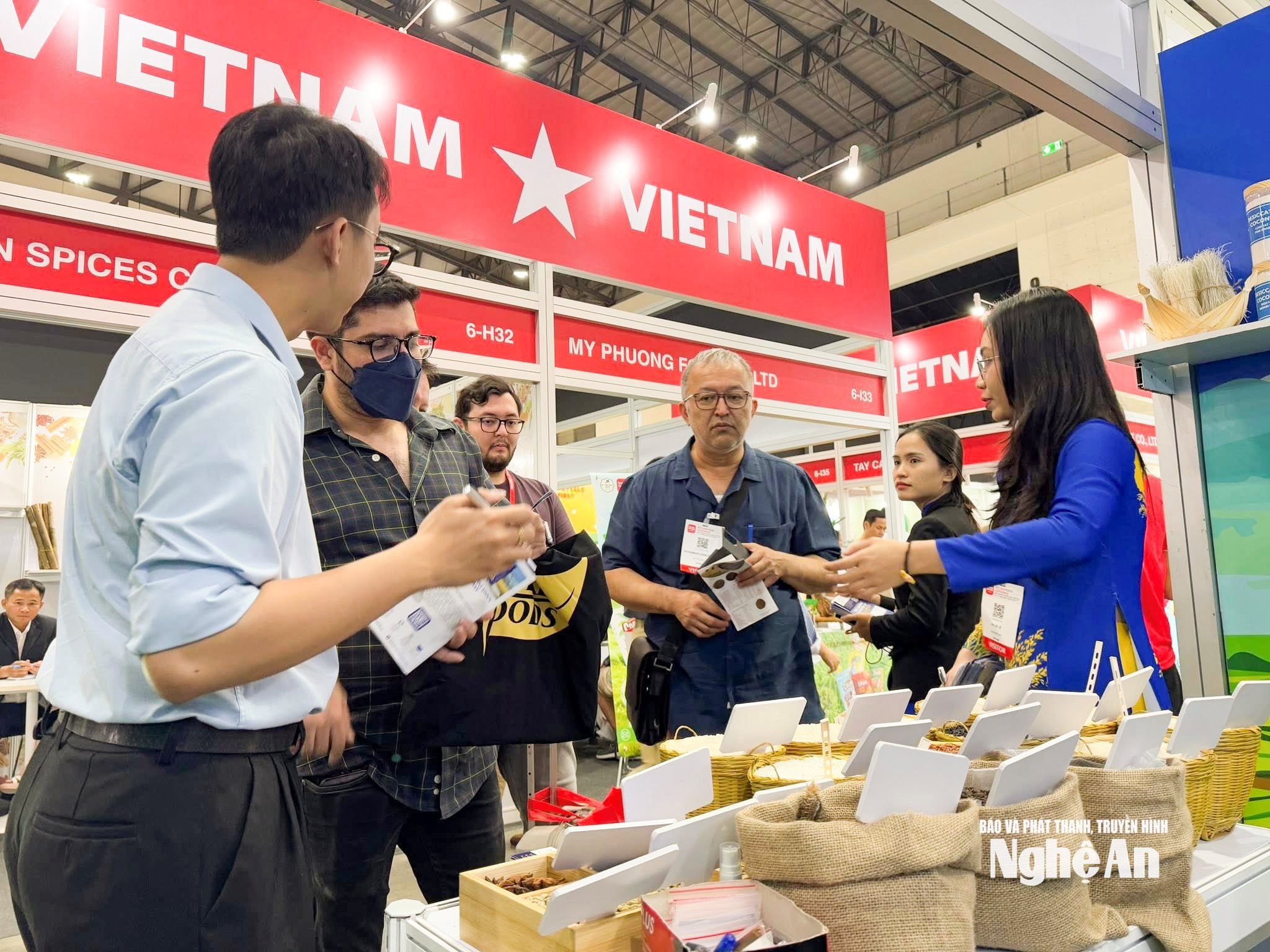






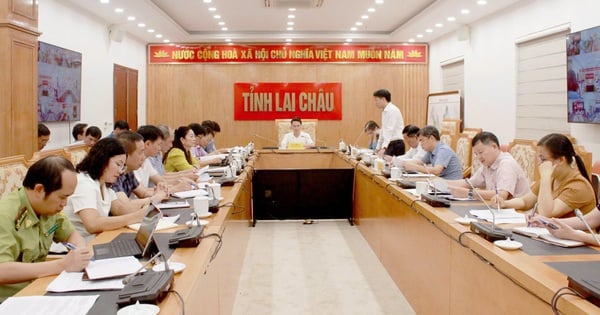










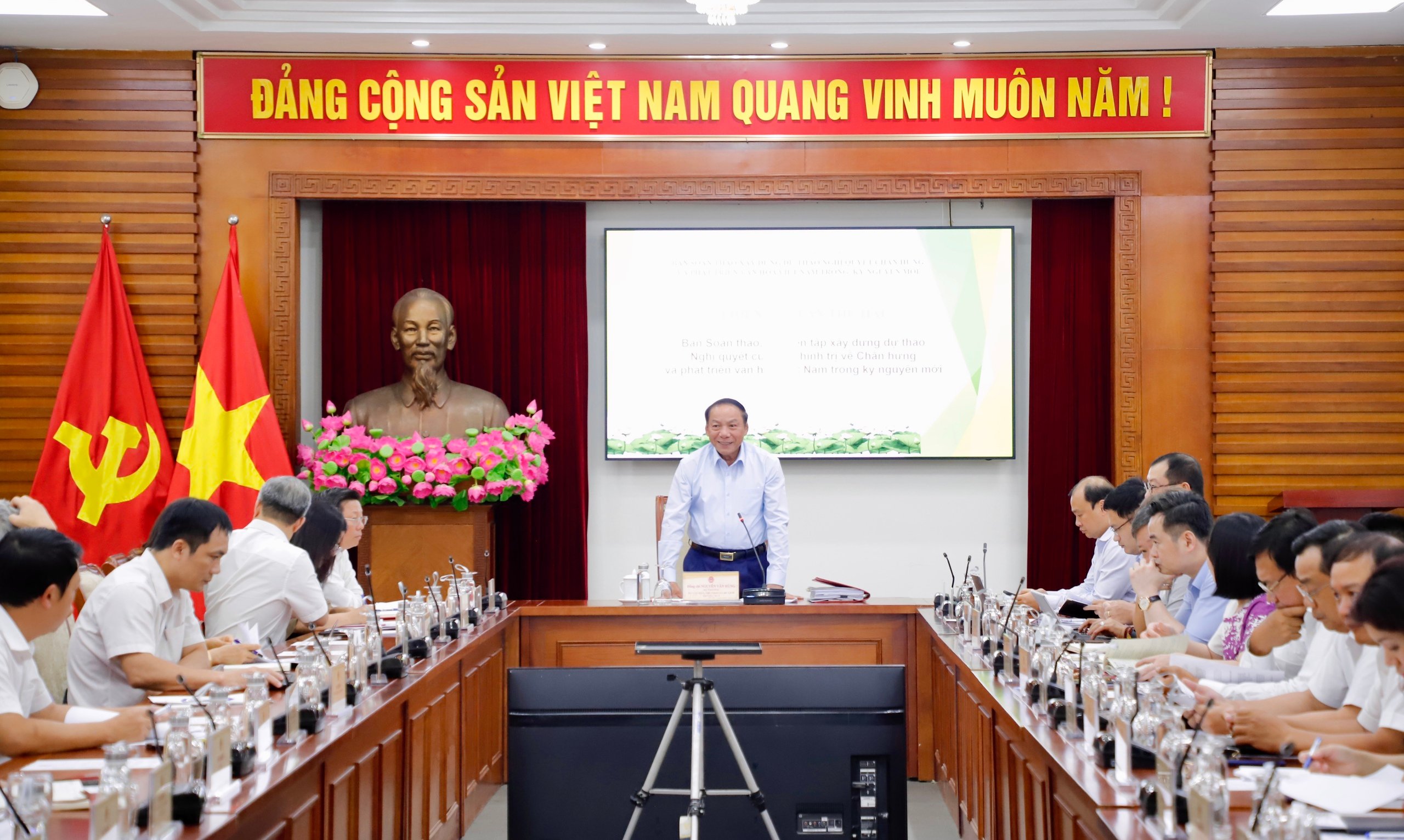
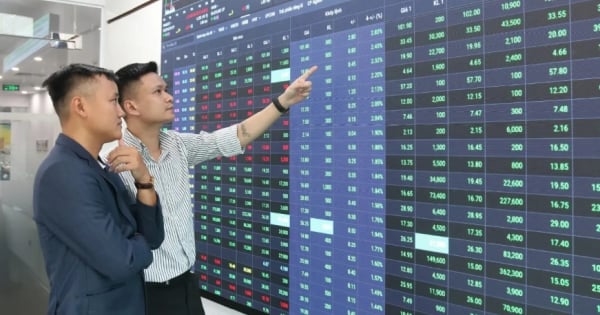
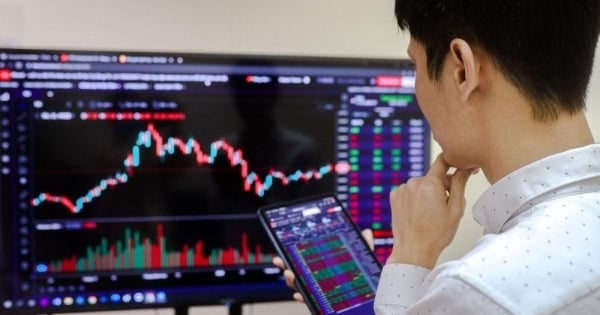











































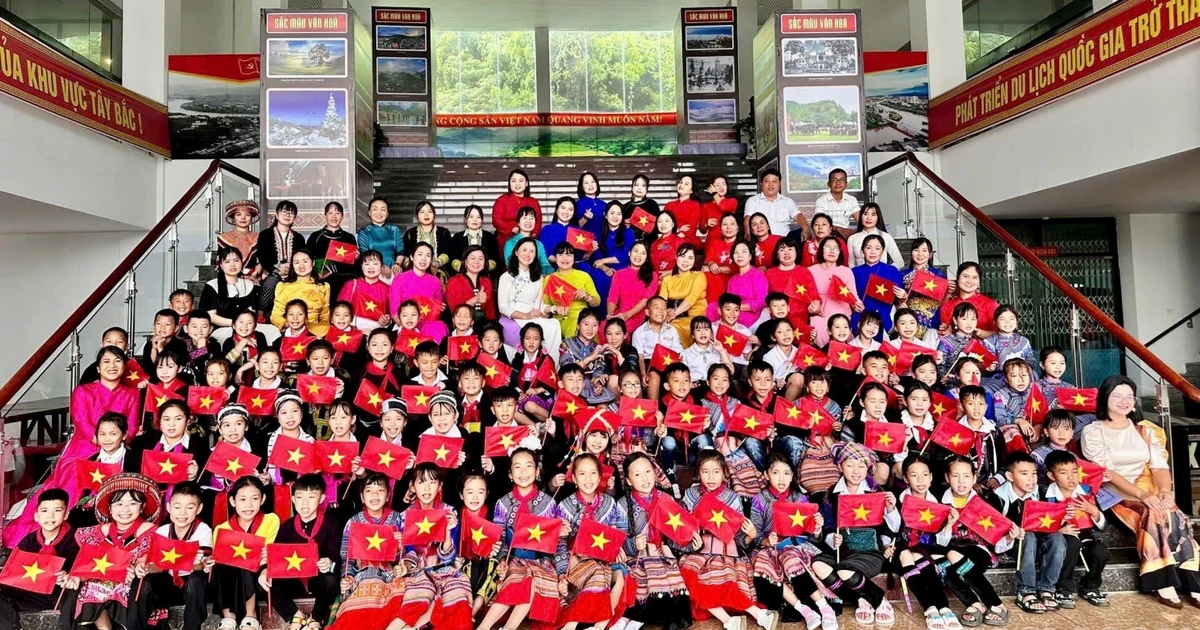


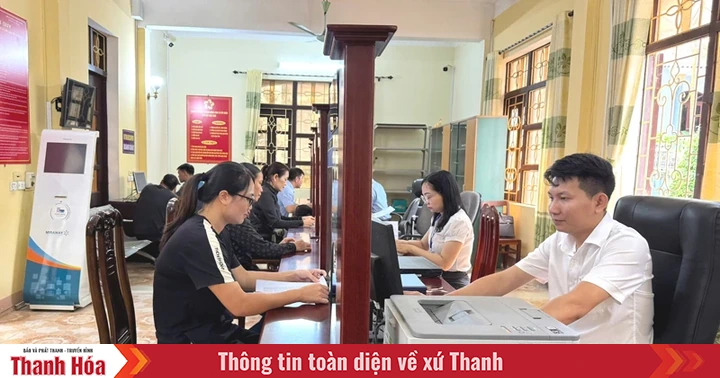
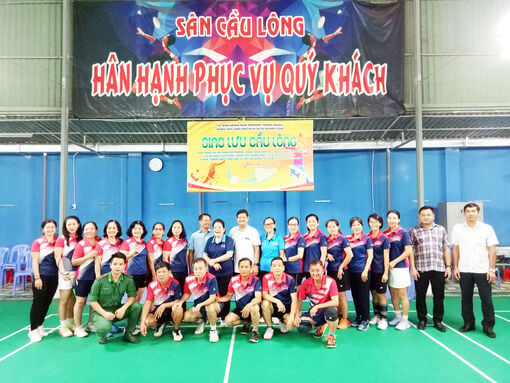

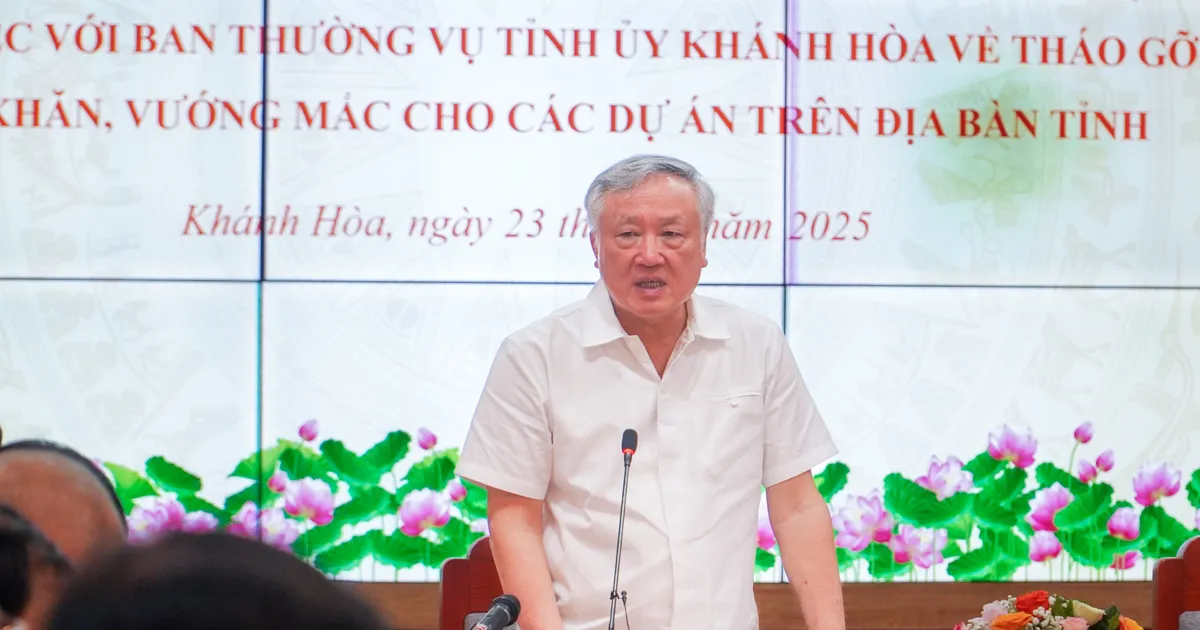

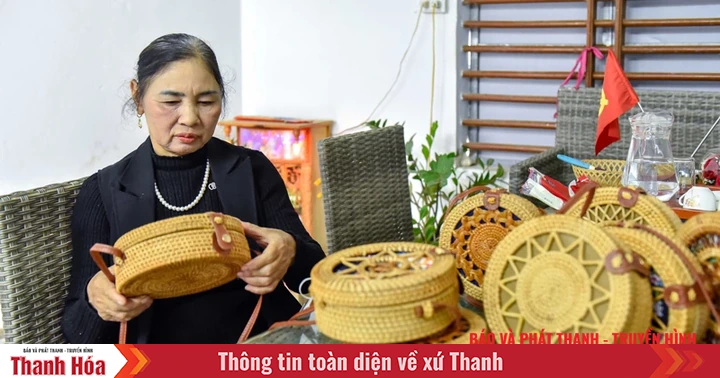












Comment (0)